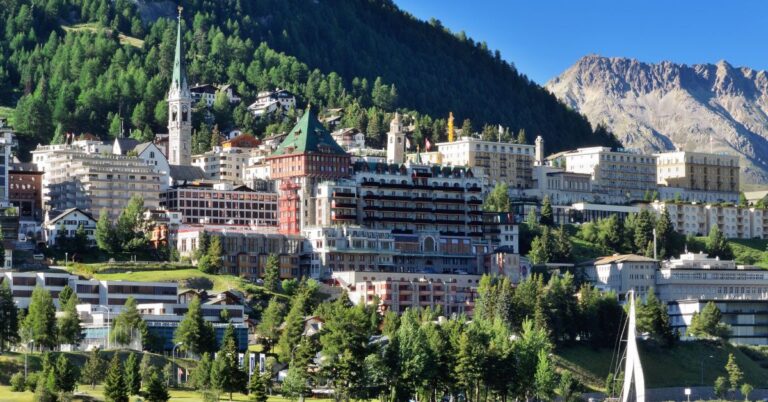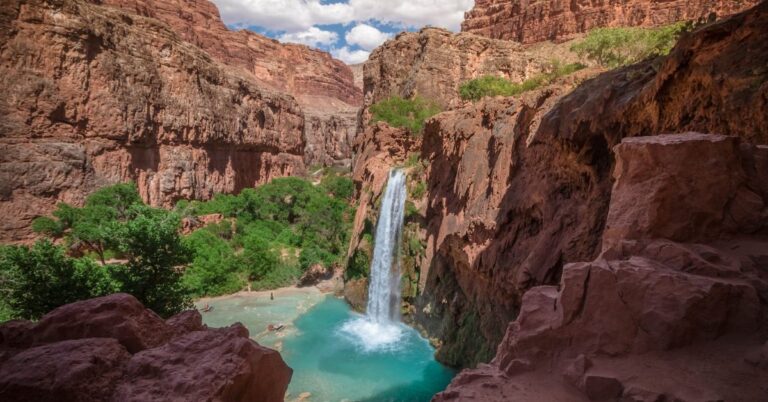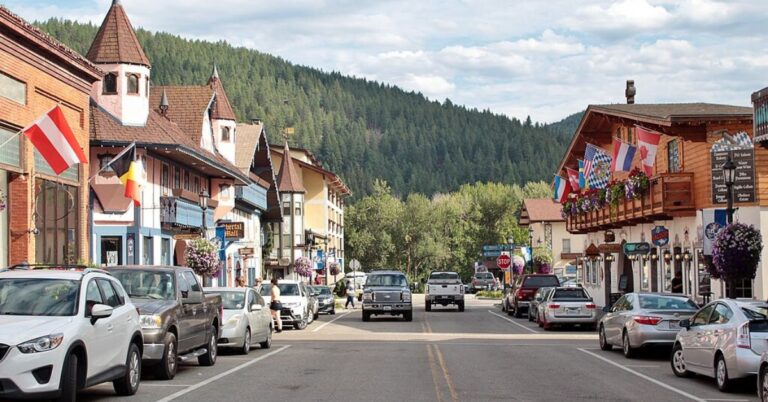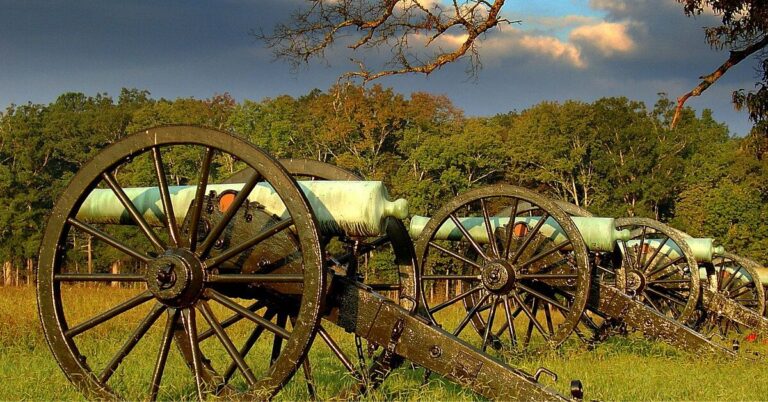Stone Giants Of History: 15 Fortresses You Must See

History was built brick by brick, and within these fortresses, empires rose, revolutions sparked, and legends unfolded. Some defied invaders, others sheltered kings, but all left an enduring mark on civilization. A journey through these fortresses is a journey through time, and here are 15 worth discovering.
Bran Castle (Romania)
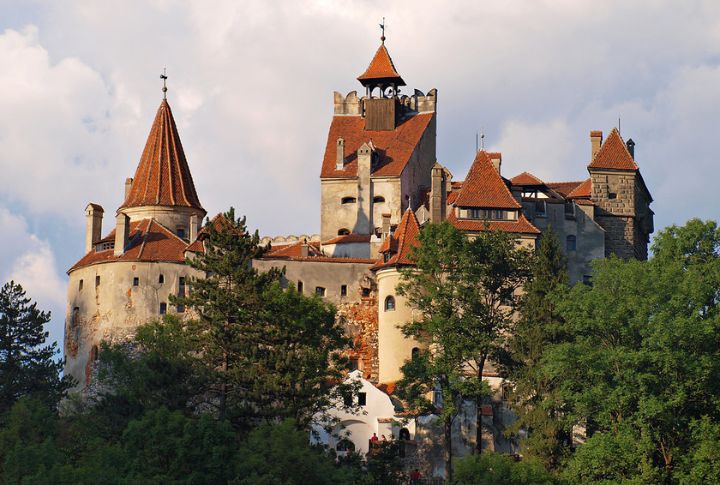
Often shrouded in myth, Bran Castle evokes gothic mystery. Though Vlad the Impaler never resided here, its imposing stone towers fuel Dracula legends. Secret passages hidden within its medieval walls deepen its eerie aura, drawing countless visitors into its shadowy lore.
The Tower Of London (England)
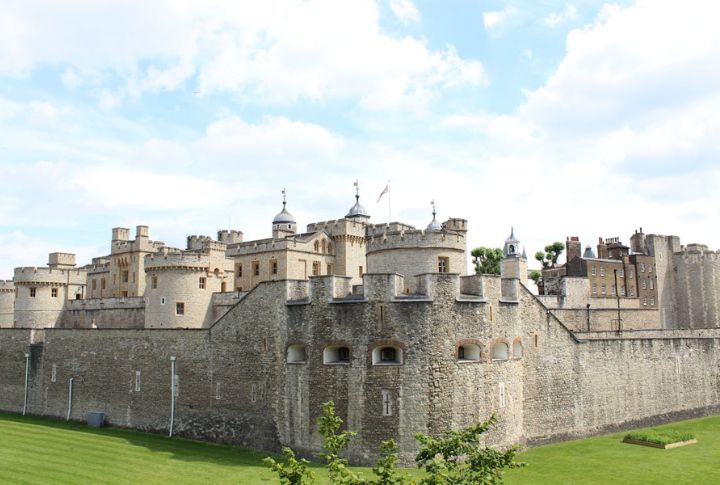
Built by William the Conqueror, this imposing fortress has witnessed centuries of power struggles. It has housed monarchs, prisoners, and England’s Crown Jewels, cementing its historical significance. As legend has it, should the resident ravens ever depart, the kingdom itself may falter.
Alhambra (Spain)
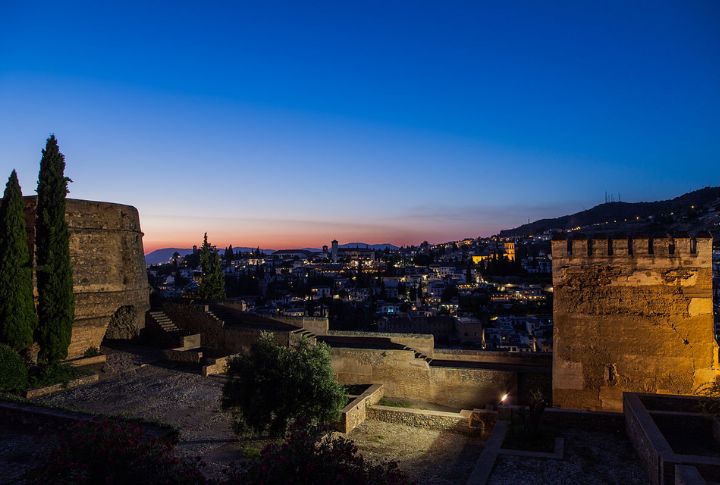
The Alhambra was originally established in the 13th century by Muhammad I, founder of the Nasrid Dynasty, as a military fortress. Over time, it evolved into a royal palace complex that beautifully blended Islamic art and architecture, especially under rulers like Yusuf I and Muhammad V.
Fort Sumter (United States)
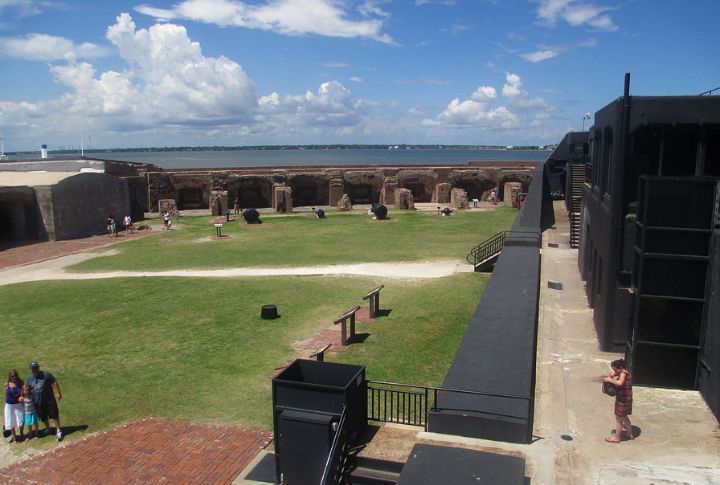
Fort Sumter was constructed after the War of 1812 to reinforce America’s vulnerable coastal defenses. Confederate forces bombarded the fort for 34 hours, marking the start of the Civil War. Today, its brick walls, once designed to hold 135 cannons, stand as a preserved historical site.
Castillo De San Marcos (United States)
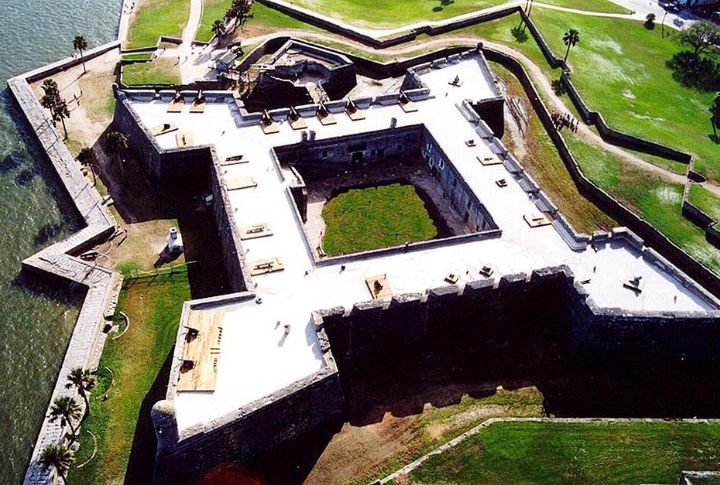
Florida’s oldest fortress, built by the Spanish, was completed in the 1600s using locally quarried coquina. Its clever star-shaped layout and shock-absorbing walls repelled invasions. Though surrounded and occupied several times, it was never conquered by force, changing rulers only through treaties and historic handovers.
Masada (Israel)
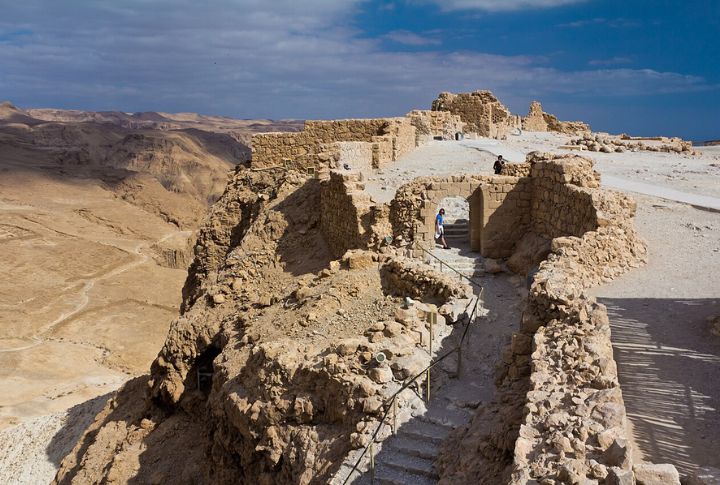
Standing atop a rugged plateau, Masada became the final refuge of Jewish rebels defying Rome. When siege became inevitable, resistance ended in tragic defiance rather than surrender. Rediscovered in the 19th century, its panoramic sunrise views now draw visitors seeking reflection.
Edinburgh Castle (Scotland)
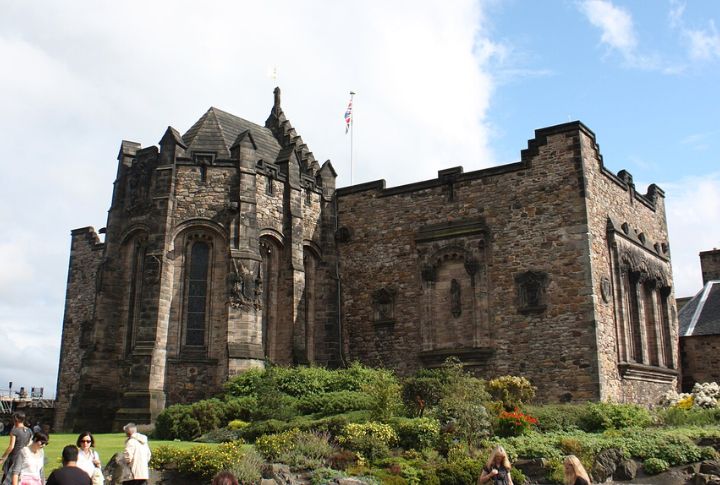
Perched atop a volcanic rock, Edinburgh Castle has endured countless sieges, shaping Scotland’s fate. It played an important role in the Wars of Scottish Independence. Even now, its famous One O’Clock Gun fires daily, except on Sundays and holidays.
Jaisalmer Fort (India)
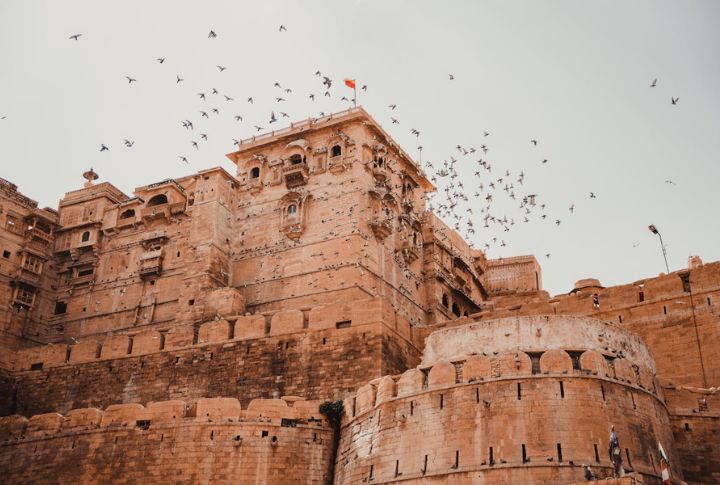
It is one of the rare living fortresses, still housing locals within its walls. Built in 1156 CE by Rawal Jaisal, it controlled vital trade routes, including the ancient Silk Road. Its massive yellow sandstone walls shift from tawny to honey-gold at sunset, which blends seamlessly with the surrounding Thar Desert.
Agra Fort (India)

Built by Mughal Emperor Akbar between 1565 and 1573, Agra Fort spans 94 acres beside the Yamuna River. This UNESCO site housed emperors and treasures like the Koh-i-Noor. Shah Jahan, Akbar’s grandson, was later imprisoned here, spending his final years gazing at the Taj Mahal.
Frederiksborg Castle (Denmark)
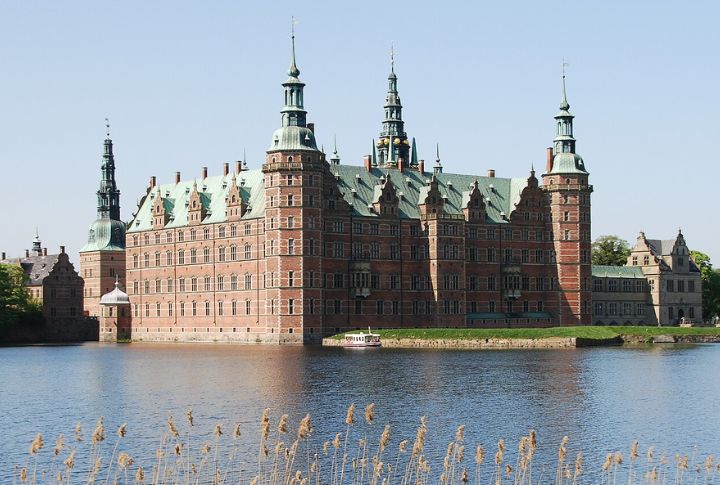
Frederiksborg Castle, Scandinavia’s largest Renaissance palace, rises dramatically from Castle Lake. Its copper roofs and ornate sandstone details reflect King Christian IV’s royal ambitions. Now home to Denmark’s National History Museum, it preserves centuries of political, cultural, and artistic legacy within its grand, chapel-filled halls.
Windsor Castle (England)
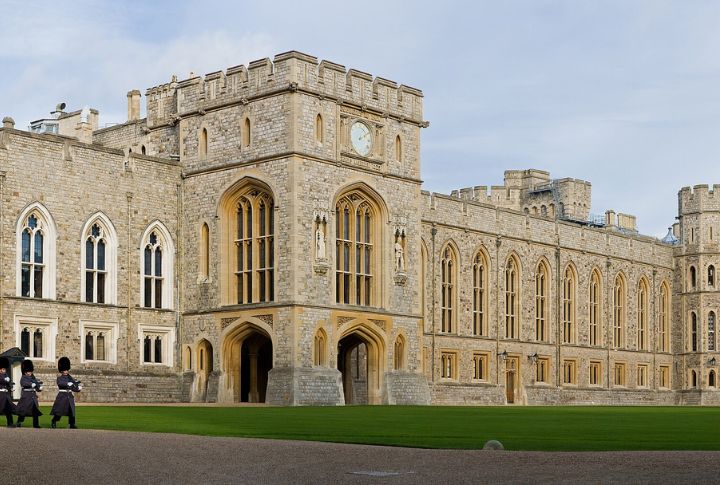
William the Conqueror’s legacy lives on in Windsor Castle, which has housed monarchs for nearly a thousand years. As Britain’s oldest and largest inhabited fortress, it showcases an enduring monarchy. The castle has undergone numerous expansions, which include Edward III’s lavish reconstruction and Charles II’s Baroque renovations.
Mont Saint-Michel (France)
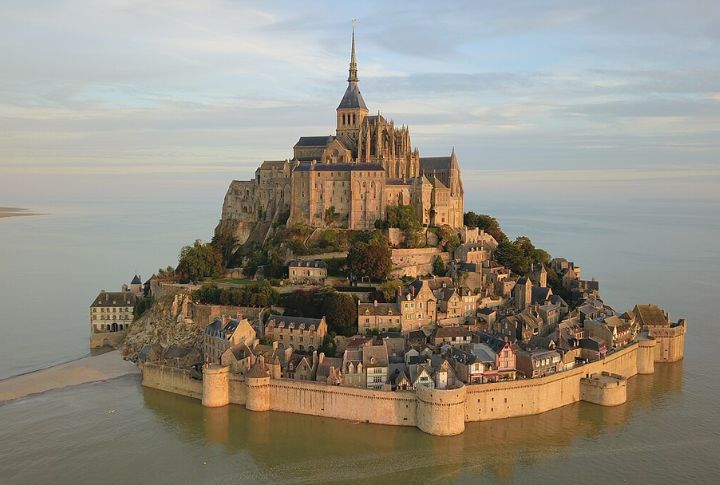
According to legend, Archangel Michael appeared in 708 CE, prompting Bishop Aubert to build a mountaintop sanctuary. That sacred vision became Mont Saint-Michel, a granite islet surrounded by tidal surges. Its abbey, balancing faith and defense, stands as a dramatic symbol of medieval determination and wonder.
Cheyenne Complex (United States)
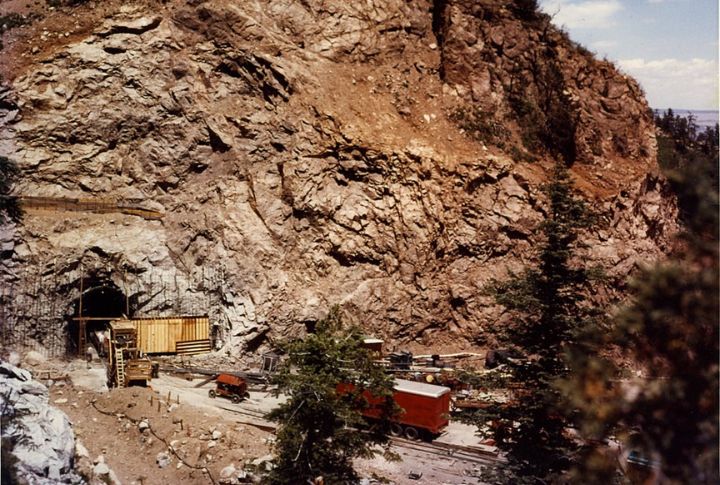
Far beneath Colorado’s granite face lies a facility few have seen, but many speculate about. Built to survive nuclear strikes, the Cheyenne Mountain Complex houses advanced military systems in tunnels stretching for miles—sealed behind blast doors and rock, where secrecy and survival are the highest priorities.
Krak Des Chevaliers (Syria)
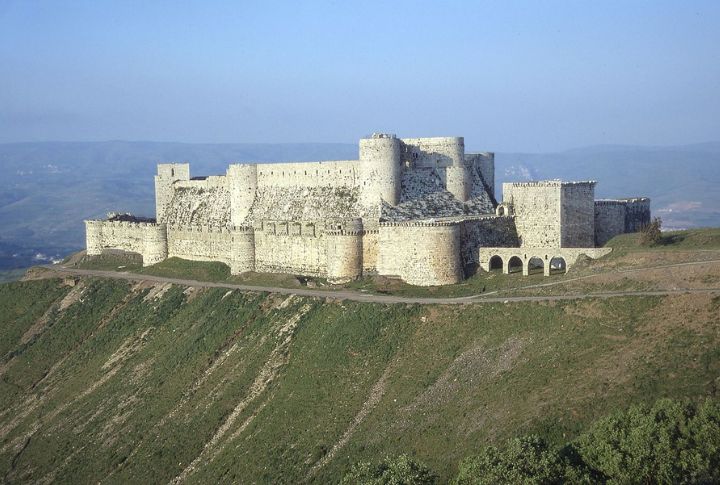
This hilltop fortress in western Syria became the Crusaders’ most powerful base. Constructed with double walls, inner courts, and defensive towers, Krak des Chevaliers endured centuries of assaults. Its immense size and strategic layout made it nearly untouchable by even the most advanced medieval siege tactics.
Himeji Castle (Japan)
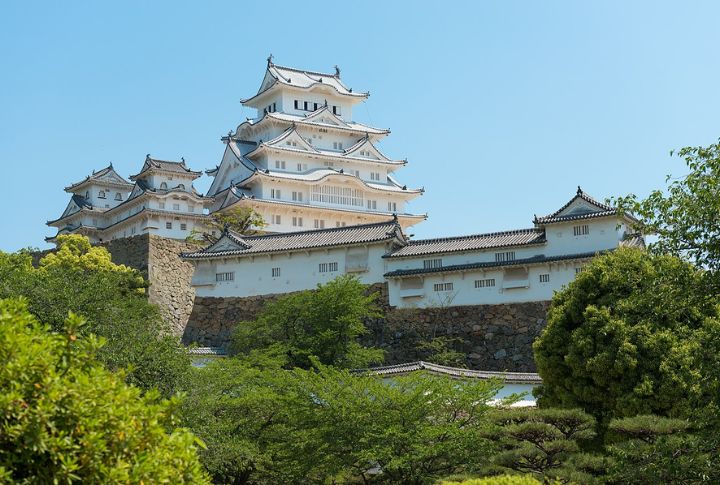
Nicknamed the “White Heron Castle,” Himeji’s gleaming white exterior seems poised for flight. Originally a samurai fortress, it later became Japan’s most striking feudal stronghold. Intriguingly, its maze-like pathways deliberately confused invaders, which secured victory before the battle even began.

